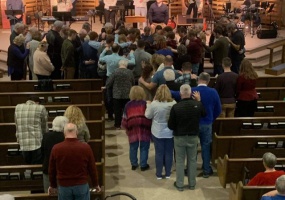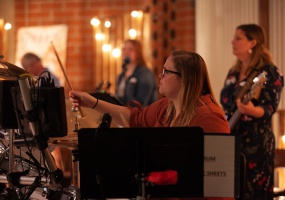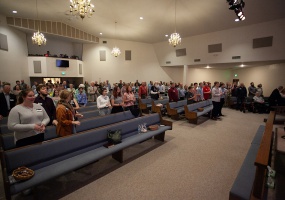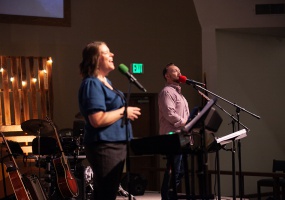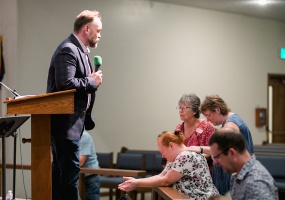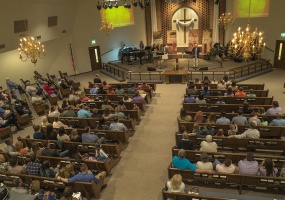Proof of Life
by Leonard Holt
Each of these devotional blogs entries is meant to be read on your own or if you have family or friends you live with, to be read together aloud. A suggestion is to do this after you have dinner around the table together. At the conclusion, please spend time in personal reflection or in sharing with one another your answers to the questions at the end. Be sure to conclude with prayer.
Read Luke 24:35-42
Anyone who has seen crime dramas about kidnappings will recognize the plot: Subject kidnapped. Police brought in. Family contacted by the kidnapper. Ransom demanded. Then comes the most important question: “How do we know that the subject is still alive?” The desperate family of the kidnapped loved-one is looking for what is called “Proof of life.”
In the crime drama, from that point onward, the tension builds until we have the answer. Even if the ransom is paid, will the subject actually be rescued? Will the kidnapper, who invariably says “And don’t involve the cops!” discover that the cops are already involved, as they usually are? Will this all end happily or tragically?
Christians are now in the time period of the Christian calendar after we celebrated Palm Sunday, Good Friday, and Easter but before His ascension. He was, sequentially, lauded, betrayed, tried, mocked and crucified, and finally reported risen from the dead. The accounts of these events follow a natural and believable timeline and could have happened to anyone unfortunate enough to get on the bad side of corrupt and powerful people. But then we collide at full-force into the Resurrection, and we have a choice to make: do we believe in the Resurrection accounts or are we incredulous? Why exactly should this resurrection account be believed?
In other words we need Proof of life. How do we know that the subject is still alive?
Perhaps the brevity of the passage from Luke’s gospel that we read for today causes inattention to its vital importance. Jesus’ own words and the first-hand testimony in a few verses serve to rule out the common arguments we still hear today: that Jesus transformed to a “ghost life,” that His post-Resurrection appearances were the result of mass hallucination, or even that Jesus hadn’t actually died but simply passed out and been revived.
Significantly, Jesus Himself claims specifically that He was not a ghost, which seems to verify that ghost-lore, if we can call it that, was popular in society then pretty much as it is now. No ghost story that I’m aware of has the ghost saying, “I am not a ghost” and offering blessings. Jesus invited those He appeared to not only to see and hear Him but to touch Him. Hallucinations don’t have bodies you can touch. He ate some fish. Neither ghosts nor hallucinations eat real food. He showed his wounds—He had really been crucified, died, and buried. And Jesus instructed them; He gave lessons on His life, death, and resurrection so that they (and we) might understand more fully
He lives. Proof of life delivered for all time, for anyone who needs or wants it. Now it’s up to us: will we believe?






